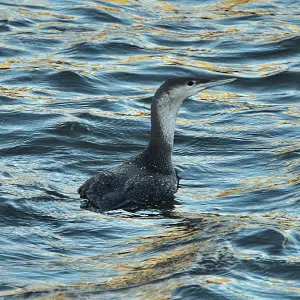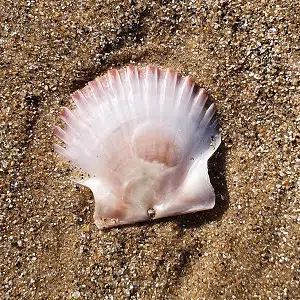The Southern North Sea SAC is designated for harbour porpoise
The mainly offshore marine protected area is three times the size of Yorkshire, running from north of Dogger Bank in the Central North Sea to the Straits of Dover. This huge SAC supports an estimated 17.5% of the UK’s North Sea Management Unit population, across both their winter and summer habitats.
Harbour porpoise are commonly seen along the UK coast and can often be seen close to the shore of our seaside towns, particularly Scarborough. In Yorkshire however, the majority of the Southern North Sea SAC is offshore, reflecting the importance of the wider marine ecosystem to these highly-mobile species.
Map of SACHow is the protected area managed?
The Southern North Sea SAC covers both the inshore and offshore (beyond 12 nautical miles) area, which means that both Natural England and the Joint Nature Conservation Committee (JNCC) have management responsibilities. Conservation Advice for the site has been prepared by the JNCC. This document highlights the site pressures, existing management measures and any new actions that may be needed to make sure the site reaches it’s conservation goals. Many activities which take place within the SAC, such as fishing and developments, are already regulated by the Marine Management Organisation and the Inshore Fisheries and Conservation Authorities.
The SAC overlaps or intersects with numerous other marine protected areas (MPAs) along the east coast of England. These include the Holderness Offshore MCZ and the Greater Wash SPA.
The Southern North Sea SAC sits outside of the YMNP’s MPA Management Group. However, advice and guidance for partners with direct responsibility or interest in the site is still available.
More InformationFeatures of the SAC
Harbour porpoise are relatively small cetaceans, with stocky bodies and a small triangular fin. More compact and less acrobatic than their dolphin cousins, harbour porpoise are often seen alone or in small groups and feed on small shoaling fish, both in coastal and offshore waters.
More informationLinked projects and further information…


